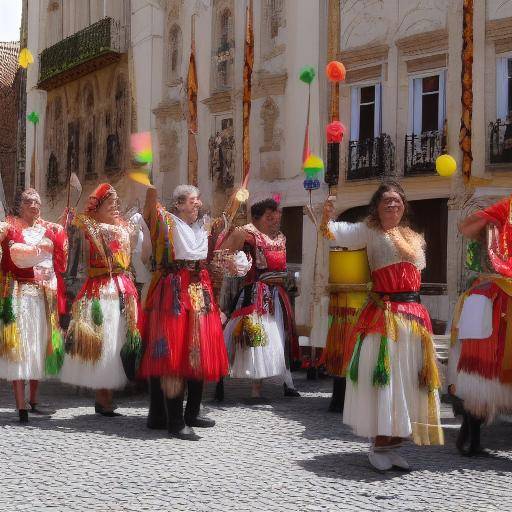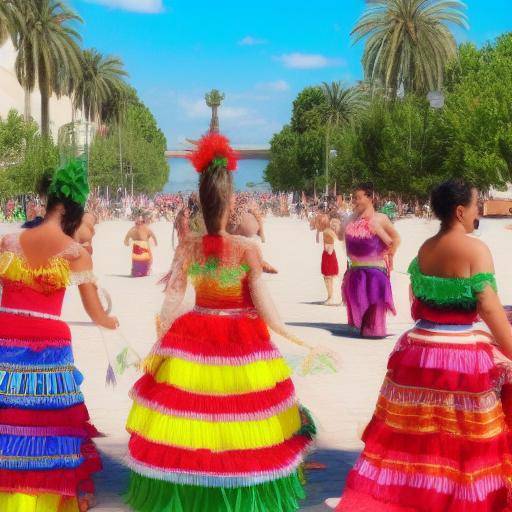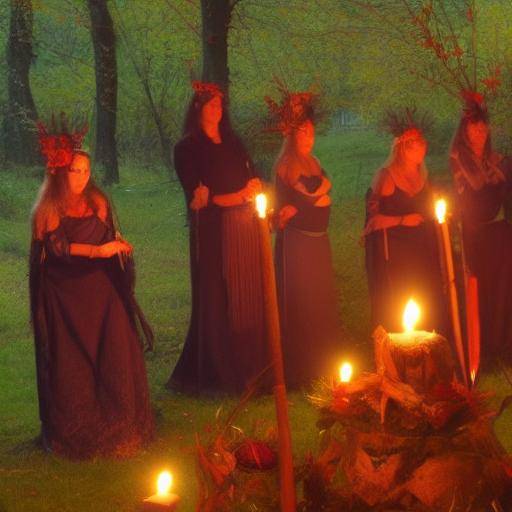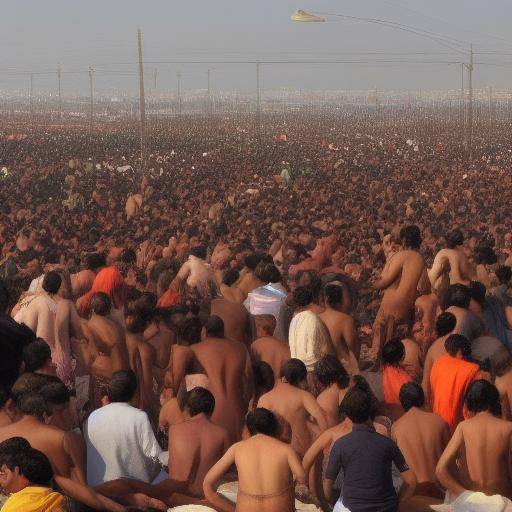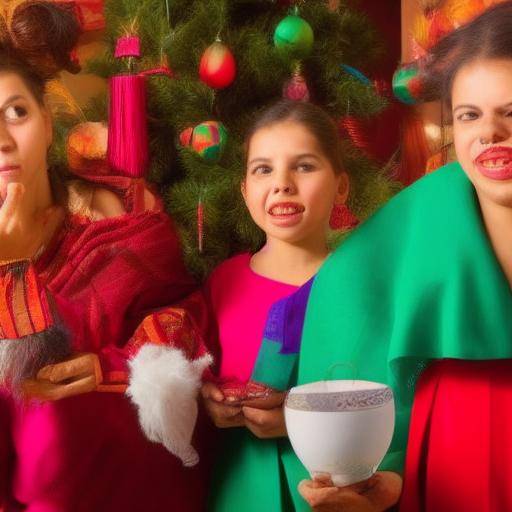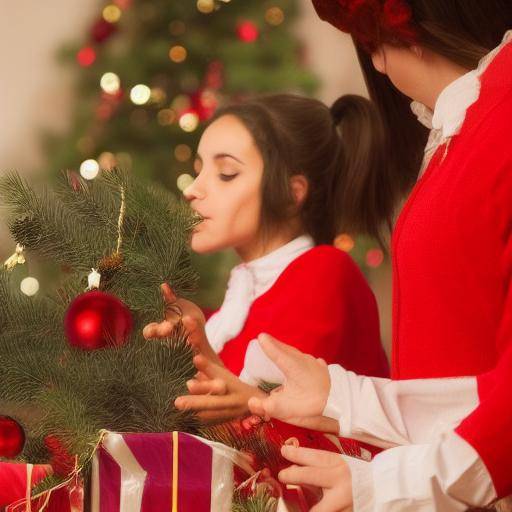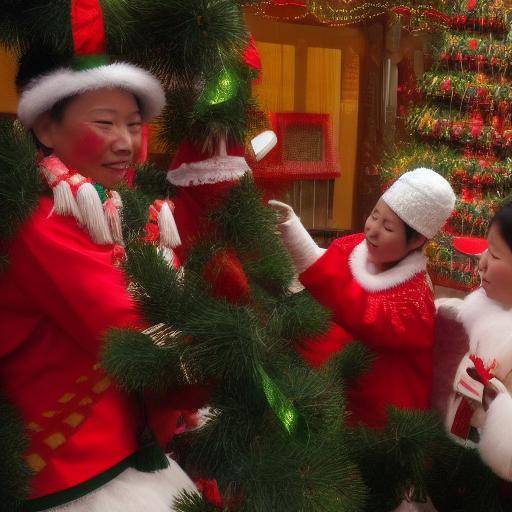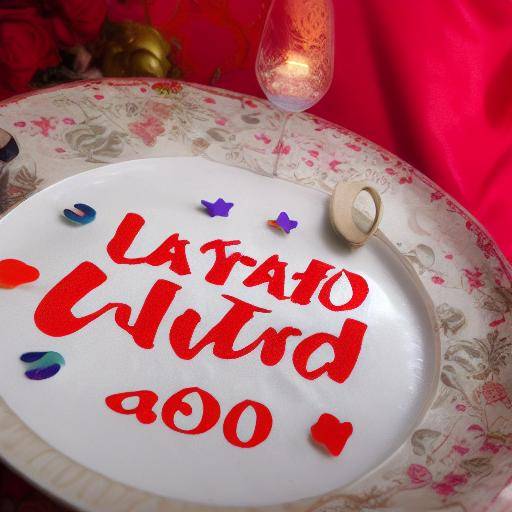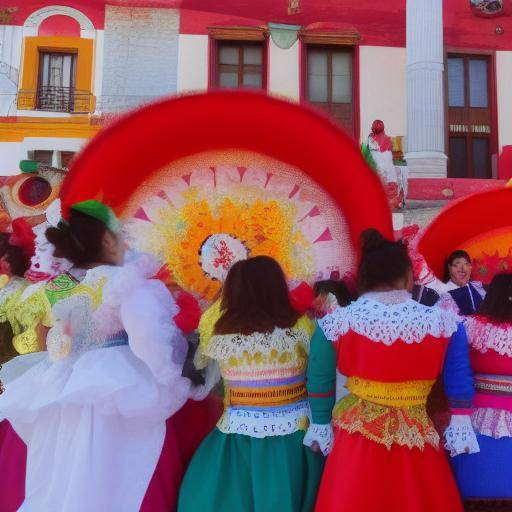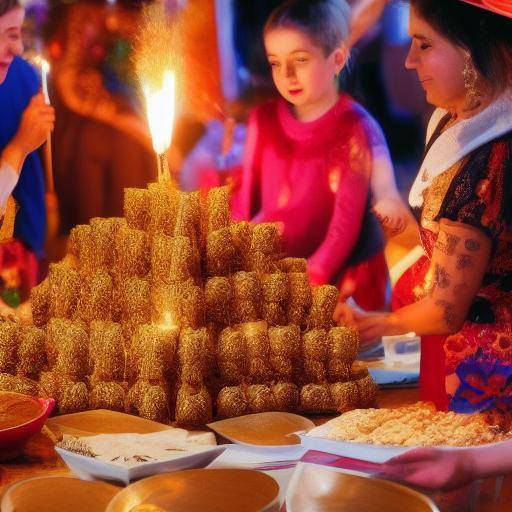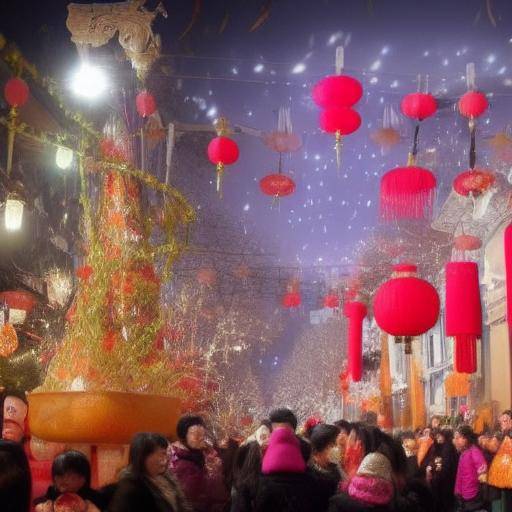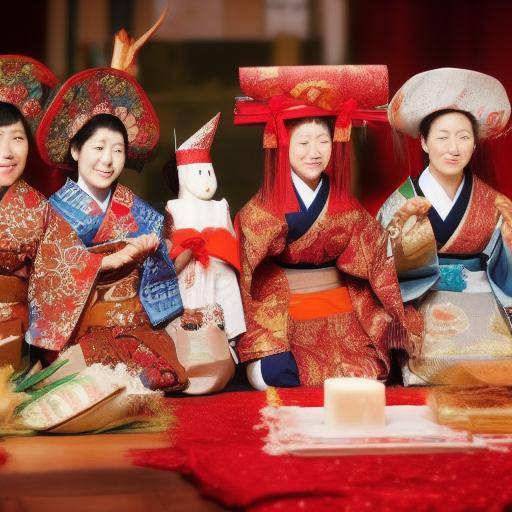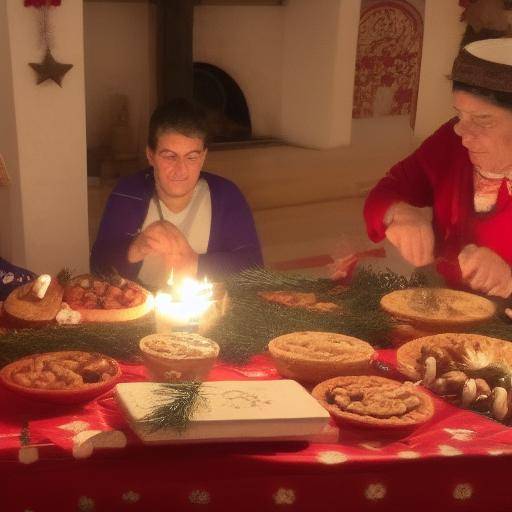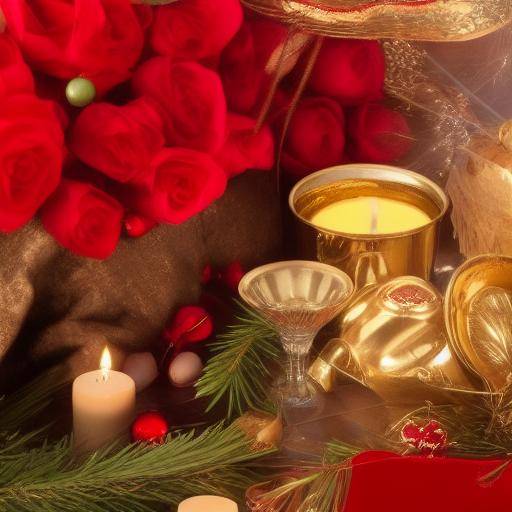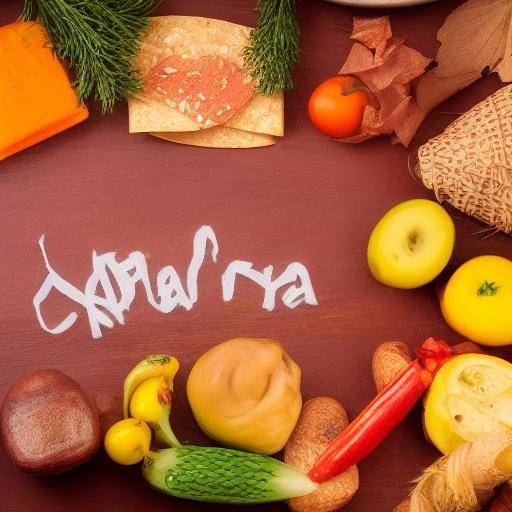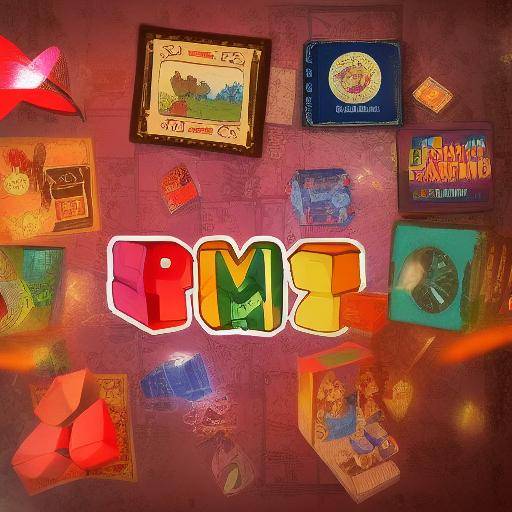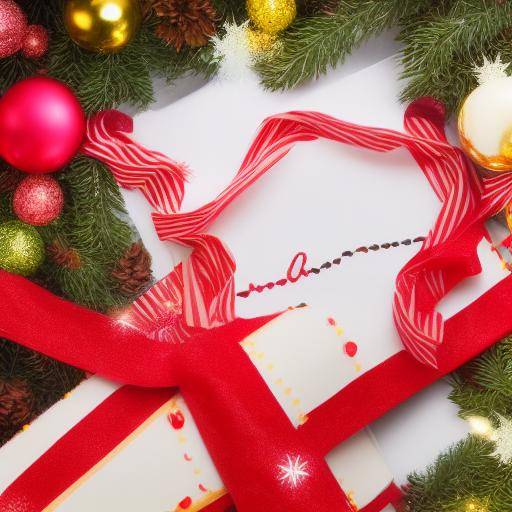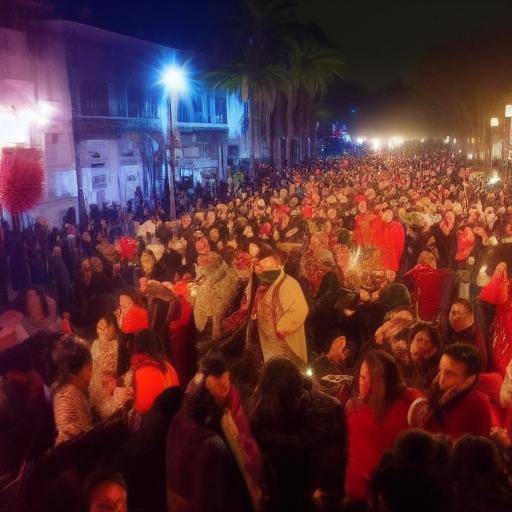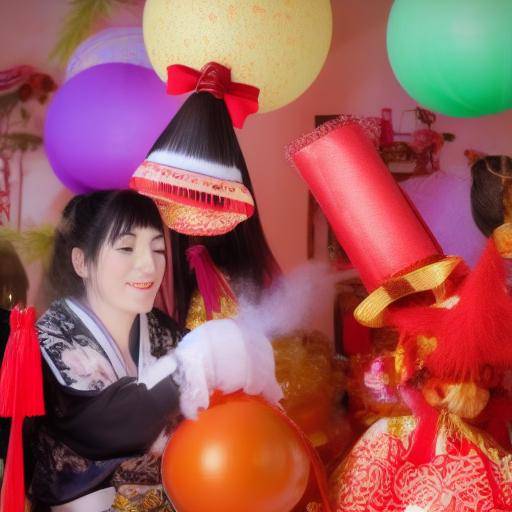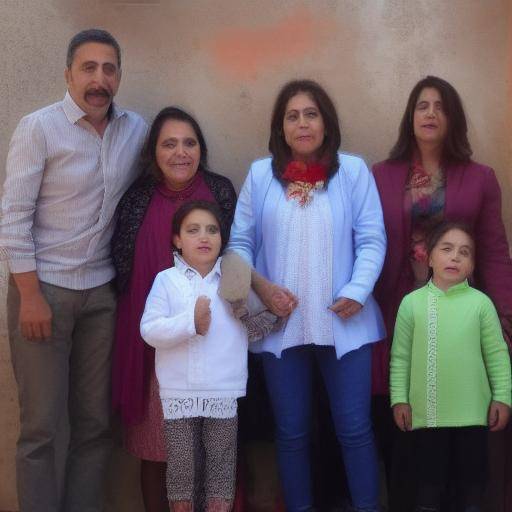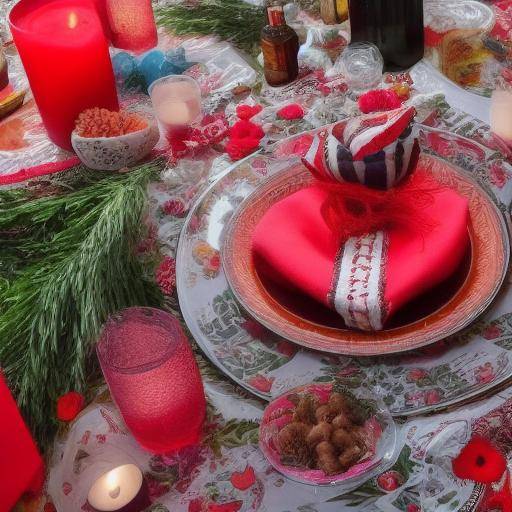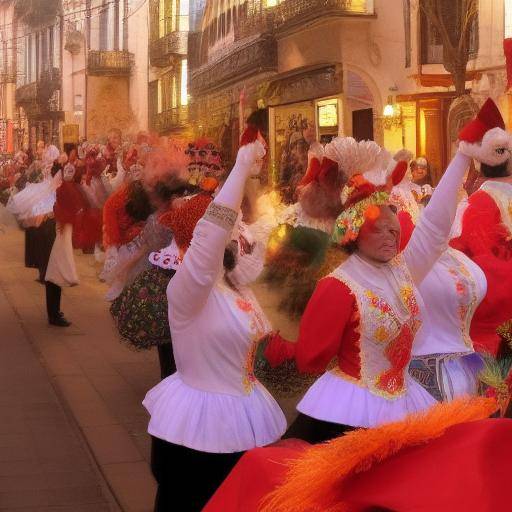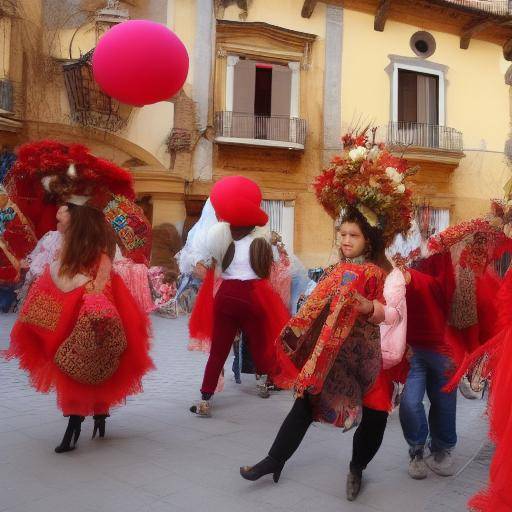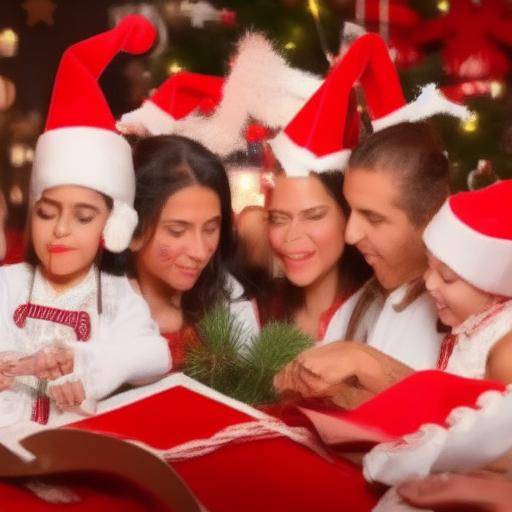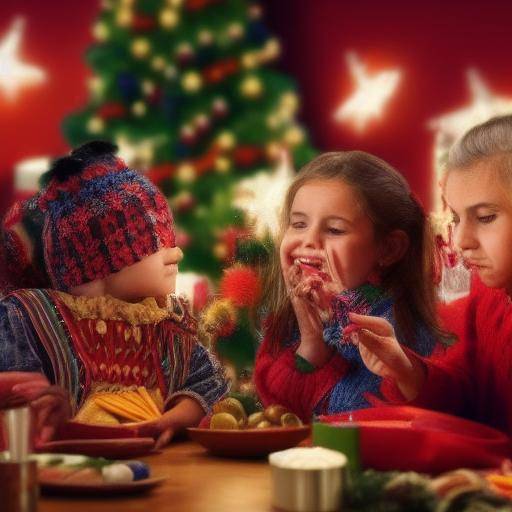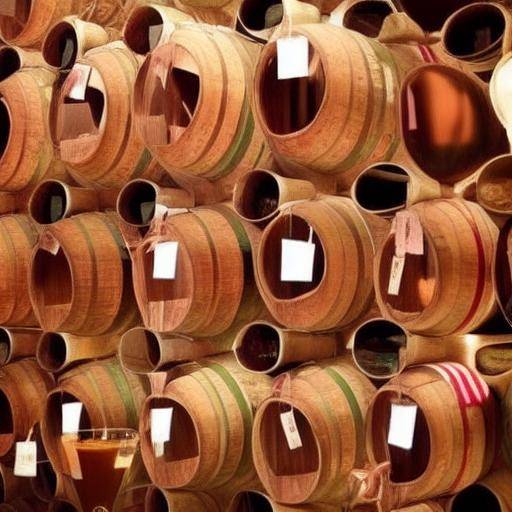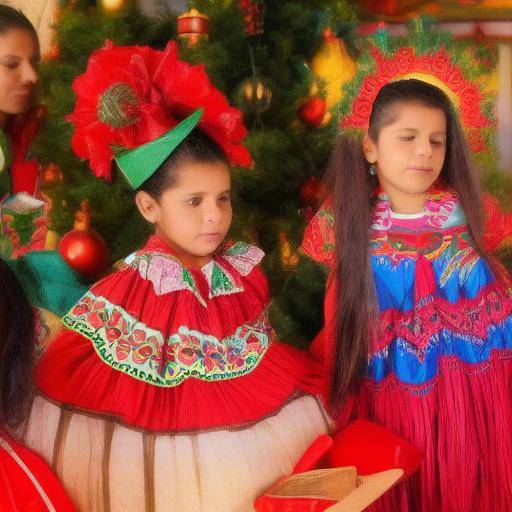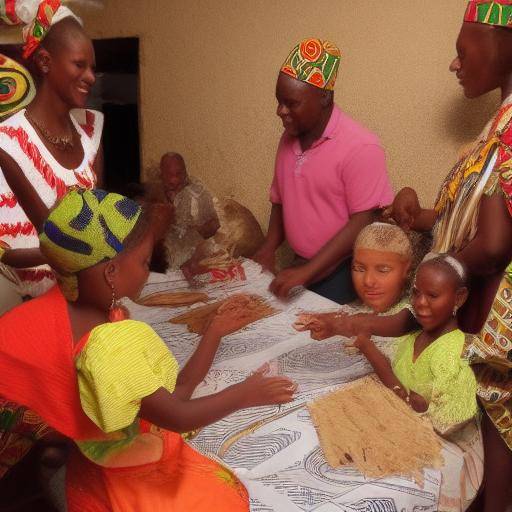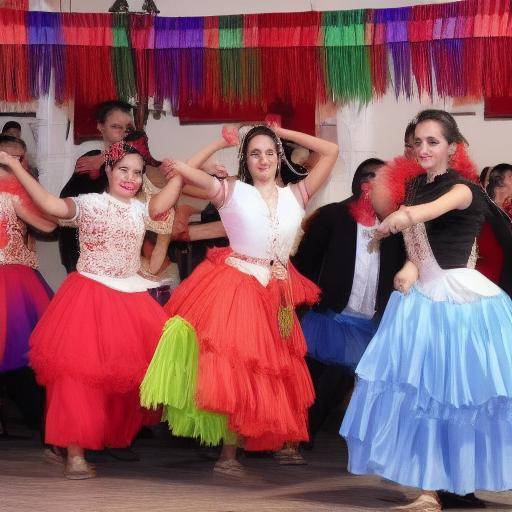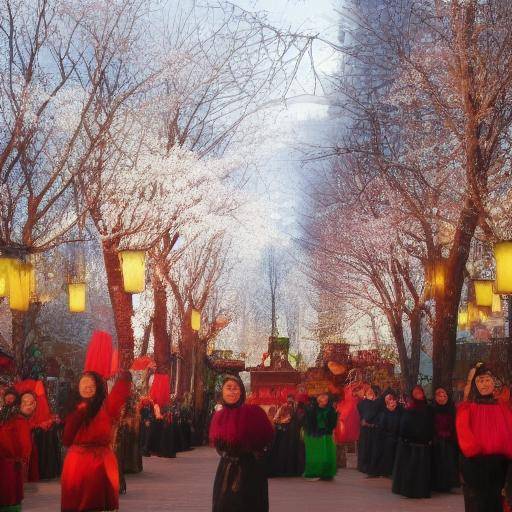
The New Year is a celebration that embodies hope, renewal and traditions rooted in every culture. In Korean culture, the New Year, known as Seollal, is a significant holiday filled with rituals with a profound sense of unity, respect for ancestors and the desire for prosperity. Discover in this article the fascinating traditions of New Year in the rich Korean culture, which enclose ancestral values and exciting ceremonies.
Introduction
Korean culture is known for the importance it attaches to its traditions and rituals, and the New Year is no exception. The festivals of Seollal in South Korea are a combination of centuries-old customs and ceremonies that reflect the connection with cultural heritage. This article will take you on a journey through the traditions of New Year in Korean culture, exploring its rituals, symbolisms and the importance of these celebrations in contemporary Korean society.
History and Background
Origins of Seollal
New Year's traditions in Korea have deep roots in the country's history, rising to antiquity. Seollal derives from "seol" which means "temporada" and "nal" which means "day", marking the beginning of a new lunar year. This festive period reflects the connection of Korean culture with both agriculture and spiritual beliefs.
During the festival of Seollal, families gather to perform rituals that honor their ancestors, such as the ancestral charye and the sebae (a formal reverence). These rituals are rooted in the belief that by honoring the ancestors, good fortune is attracted and prosperity is assured for the new year.
Evolution of Traditions
Over the years, the celebrations of Seollal have evolved to adapt to modern life, without losing its cultural significance. Although urbanization and industrialization have changed the way festivities are celebrated, respect for traditional customs remains intact.
The transition from the lunar calendar to the solar calendar in Korea has led to a combination of traditional rituals with contemporary festivities, such as gift exchanges, family games and participation in community events. Today, Seollal is a time to highlight the importance of the family, gratitude and desire for a prosperous future.
Deep analysis
Significado Cultural y Simbolismos
The traditions of the New Year in Korean culture reflect the fundamental values of society, such as respect, family unity and the desire for prosperity. The charye, the ritual of offering to the ancestors, symbolizes gratitude for past blessings and the hope of receiving future protection and prosperity.
Moreover, the sebae, which is a formal reverence made by the youngest towards the elders, represents respect for the accumulated wisdom and experience of previous generations. Traditional clothing, known as hanbok, also plays a crucial role, as it symbolizes the desire to start the new year with beauty and harmony.
Current Challenges and Trends
Despite the profound emotional connection these traditions have with Korean culture, the modern world presents challenges to keep customs alive. Globalization, changing lifestyles and diminishing formal ceremonies have impacted the practice of New Year's traditions. However, a growing trend towards the appreciation of traditional culture and cultural tourism has renewed interest in Seollal.
As Korean society seeks a balance between traditional and modern, efforts are being made to preserve and revitalize New Year's traditions.## Comprehensive review
Applications and Best Practices
New Year's traditions in Korean culture have extensive applications in everyday life, from strengthening family ties to fostering social cohesion. Best practices include the active participation of all generations in rituals, the exchange of good wishes and the transmission of moral and ethical values through traditional stories and legends.
Perspectives of Experts and Industry
Korean culture experts highlight the importance of preserving New Year's traditions as a means of maintaining national identity and promoting harmonious coexistence between the old and the modern. The leaders of the cultural tourism industry also point to the potential of these festivities to attract international visitors and enrich the tourist offer of Korea.
Comparative analysis
Similarities and Variances
Compared to New Year's traditions in other cultures, Seollal's festivities share similarities in the importance of family reunion and the desire for prosperity. However, it stands out for its emphasis on the cult of ancestors and veneration for older generations, in contrast to the celebrations most focused on party and entertainment.
Practical Tips and Accessible Recommendations
Keys for a Significant Celebration
If you are interested in incorporating the Korean New Year traditions into your celebration, consider including offering rituals to the ancestors, fostering the participation of all generations in the holiday, and using the traditional hanbok dress to give a real touch to the celebration.
Future predictions and trends
The Future of New Year's Traditions in Korean Culture
As Korean society experiences demographic and cultural changes, New Year's traditions are expected to evolve to adapt to new realities, maintaining its symbolic value but adopting more contemporary forms of celebration. The preservation of these rituals is considered crucial for the continuity of Korean cultural identity.
Conclusion
In short, the traditions of the New Year in the Korean culture, encapsulated in the festival of Seollal, offer a profound view of the values and identity of the Korean people. Despite the modern challenges, the rich cultural heritage remains alive through the transmission of ancestral customs and adaptation to contemporary changes. The New Year in Korean Culture represents the union between the past, the present and the future, serving as an inspiring source of celebration and reflection.
FAQs
Question 1: How is New Year celebrated in Korea?
The celebration of the New Year in Korea, known as Seollal, focuses on family reunion, ancestor ritual, exchange of good wishes and participation in traditional games.
Question 2: What is the traditional New Year's dish in Korea?
The tteokguk, a rice soup with tteok (rice tablets), is a traditionally consumed dish during Seollal, symbolizing aging and renewal.
Question 3: What is the importance of the offering ritual to the ancestors during Seollal?
The ritual of offering to the ancestors is a way of showing gratitude for past blessings, honoring the memory of the ancestors and seeking future protection and prosperity.
Question 4: How has Seollal celebrated in contemporary Korean society?
The celebration of Seollal has evolved to integrate contemporary elements, such as exchanges of gifts and participation in community events, while respect for family and ancestral traditions remains.
Question 5: What is the symbolism behind the traditional hanbok dress during Seollal?
The hanbok symbolizes the beauty, harmony and respect for the Korean cultural tradition during the celebration of Seollal, and its use reflects a desire to start the new year with grace and elegance.
Question 6: What is the impact of New Year's traditions on Korean culture today?
The traditions of New Year in Korea continue to play a vital role in preserving cultural identity and promoting fundamental values such as family unity, respect and gratitude.
In conclusion, the New Year in Korean Culture, reflected through the festivities of Seollal, is a vivid expression of the country's rich cultural heritage. The traditions rooted in respect for the ancestors, the family union and the desire for prosperity offer a window to the very essence of Korean society. As Korean culture evolves, these traditions remain rooted in the heart of the nation, preserving its identity and cultural value.

